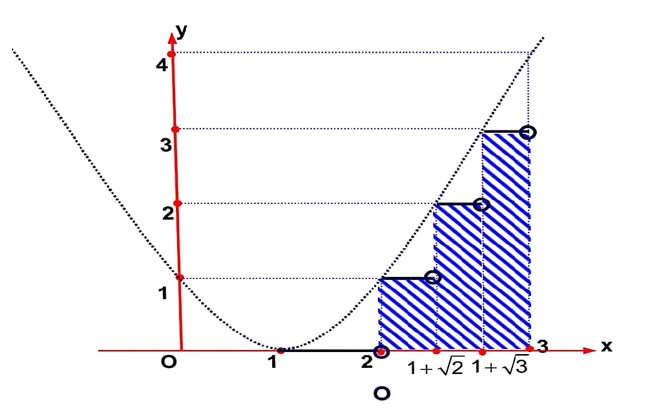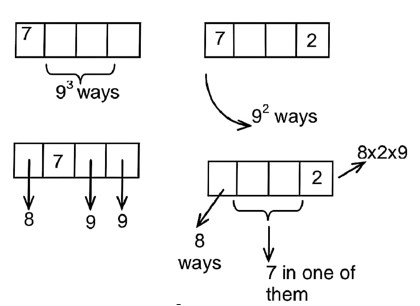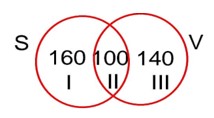Ncert Solutions Maths class 12th
Get insights from 2.5k questions on Ncert Solutions Maths class 12th, answered by students, alumni, and experts. You may also ask and answer any question you like about Ncert Solutions Maths class 12th
Follow Ask QuestionQuestions
Discussions
Active Users
Followers
New answer posted
a month agoContributor-Level 10
.(A)
Put .(i)
Using properties
.(ii)
Adding (i) and (ii) we get
f(2) – f(0) = e2 – 1
From (A) l = 2e2 – e2 + 1 = e2 + 1
New answer posted
a month agoContributor-Level 10
Let f(x) = x6 + ax5 + bx4 + ax3 + dx2 + ex + f
Non zero finite
So, d = e = f = 0
f(x) = x6 + ax5 + bx4 + cx3
Non zero finite
f'(x) =
f'(1) = 0
6 + 5a + 4b + 3 = 0
5a + 4b = - 9 .(i)
f'(-1) = 0
-6 + 5a – 4b + 3 = 0 .(ii)
Solving (i) and (ii)
a -3/5, b = -3/2
New answer posted
a month agoContributor-Level 10
Critical point of function are x =
New answer posted
a month agoContributor-Level 10
ax2 + bx + c = 0
D = b2 – 4ac
D = 0
b2 – 4ac = 0
b2 = 4ac
(i) AC = 1, b = 2 (1, 2, 1) is one way
(ii) AC = 4, b = 4
(iii) AC = 9, b = 6, a = 3, c = 3 is one way
1 + 3 + 1 = 5 way
Required probability =
New answer posted
a month agoContributor-Level 10
a = 1, r = cos2 θ
Similarly, y =
Also,
(i) & (ii) ->xyz = xy + z -> (x + y) z = xy + z
Taking an Exam? Selecting a College?
Get authentic answers from experts, students and alumni that you won't find anywhere else
Sign Up on ShikshaOn Shiksha, get access to
- 65k Colleges
- 1.2k Exams
- 688k Reviews
- 1800k Answers



